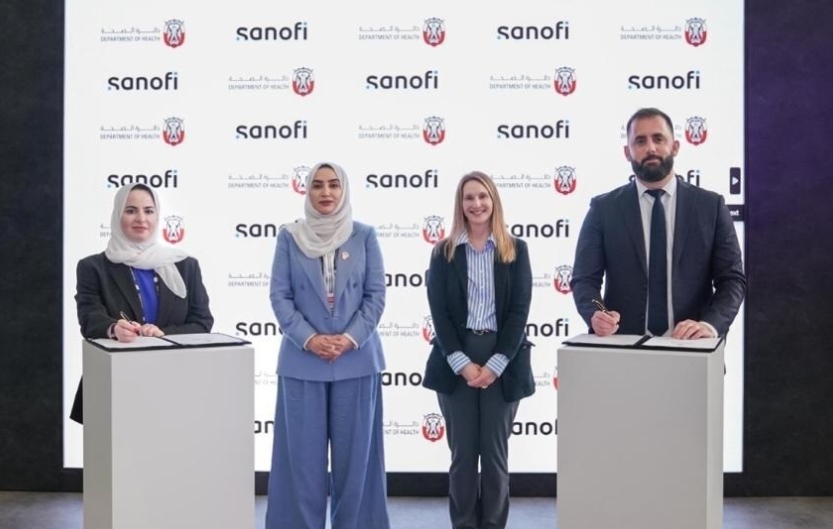
In the Asia-Pacific region, we see two key strategic trends within Policy, Access, Value, and Evidence:
Continuing and increased use of Health Technology Assessment (HTA) in public payer decisions with increasing convergence of policies and processes
The impact of China is being felt in two ways:
Continuing and increased use of HTA in public payer decisions with increasing convergence of policies and processes
This is especially within mature markets such as Australia, New Zealand, Japan, Korea, and Taiwan, but also in some newer markets as well - China and most of Southeast Asia, including Thailand, Indonesia, the Philippines, Malaysia, Vietnam, and India.
The mature Asia-Pacific markets, in many respects, have systems and levels of economic development and patient expectations that are similar to those in Europe. They also have universal healthcare systems and national, government-led reimbursement. The expectations and requirements of governments in these developed markets is around getting the best technologies and the best outcomes for what they’re spending. In other words, “How do we get the best value?”. These markets are also more focused on ageing populations, and treatments for cancer and chronic diseases; people here also expect high-quality care, so anything less than that would be unacceptable and may well become an issue at election time.
In the newer Asia-Pacific markets, healthcare funding systems are still in various stages of evolution. For example, many of these countries such as Thailand, China, and Indonesia already offer some kind of universal coverage, but this coverage is often limited by cost constraints to older treatments. They have large populations to enrol and millions living away from major urban centres. They lack the resources and funding to progress at pace. Patients often need to combine multiple funding sources and mechanisms to pay for innovative medicines – including private insurance, employer benefits, self-pay options, and aid. This patient funding journey is seeing a lot of innovation to address the needs of patients to access the necessary funding.
Consequently, for these countries, the emphasis is not yet primarily on maximising and optimising the universal healthcare system, it’s still around expanding the system – building hospitals and clinics and training healthcare professionals – especially outside the main cities.
Health ministries in emerging markets are also still grappling with infectious diseases as well as managing the rapid growth of cancer and lifestyle-driven chronic diseases. Of course, infectious diseases have come back on the agenda of both emerging and developed markets with the COVID-19 pandemic, which emerged first in the region.
Historically, many biopharmaceutical manufacturers would often simply overlook the smaller newer markets, but more recently we see more innovative approaches to address affordability and availability for patients in these markets. Patient access programmes, collaborations with private insurance companies, and even dedicated separate brands are among the strategies being deployed in the region. These innovations will likely continue even as countries move towards universal coverage, and some may even be adopted in mature markets as pressures on costs continue to increase.
The impact of China is being felt in two ways:
While some Asia-Pacific markets, such as Japan and Australia, have been on the industry radar for decades and have mature healthcare and payer systems, China has emerged and evolved significantly, especially in the past decade. International biopharmaceutical manufacturers have been adapting to the value and opportunity there, moving beyond an earlier focus on marketing established products to now regarding China as a potential market for their latest innovative medicines and a strategic global opportunity alongside their home markets in the US and Europe. The increasing attention on China from the global industry has illuminated several implications for evidence-generation and launch strategy:
Jeff Weisel, Managing Director, Policy, Access, Value and Evidence APAC, Avalere Health




